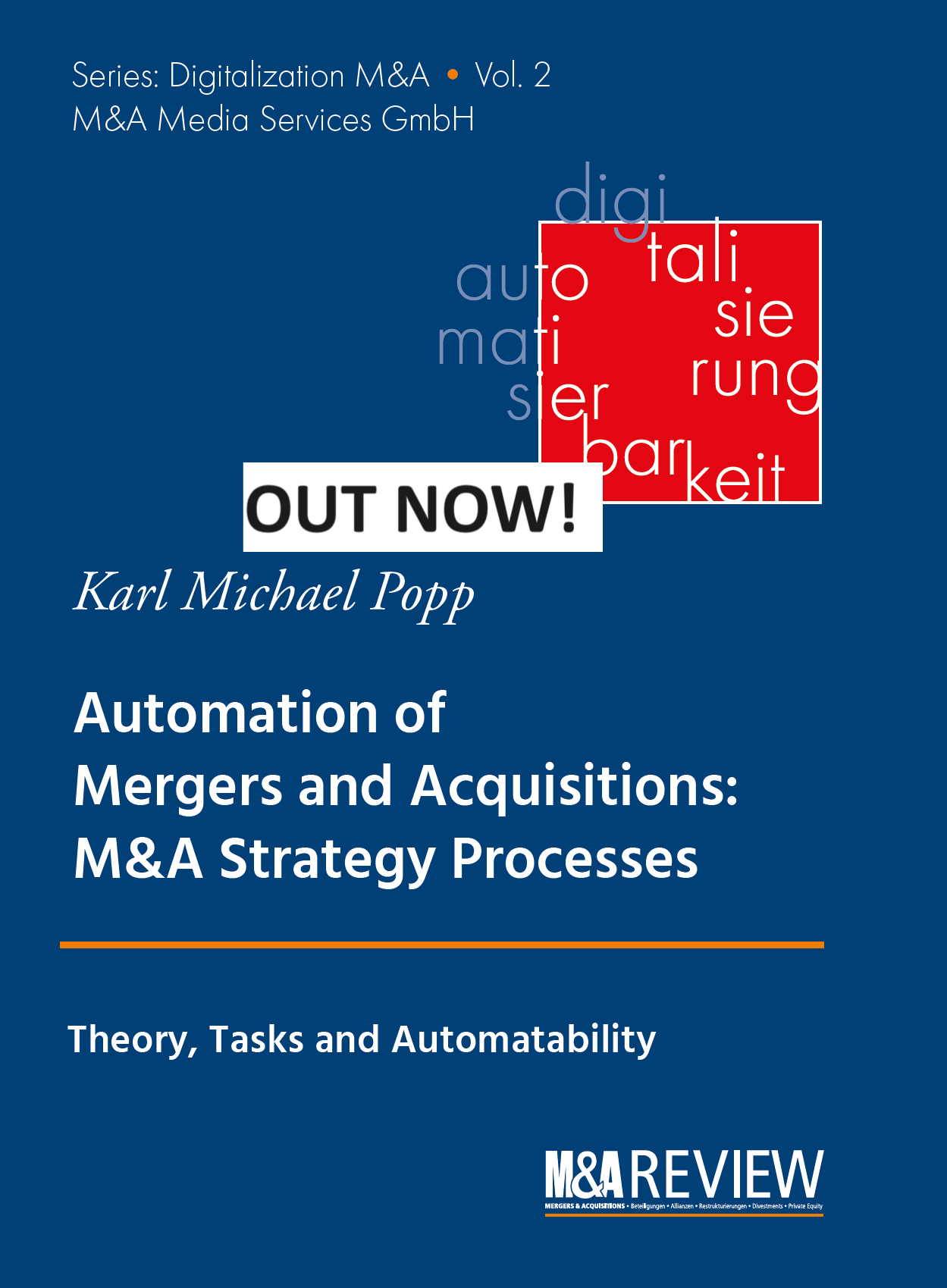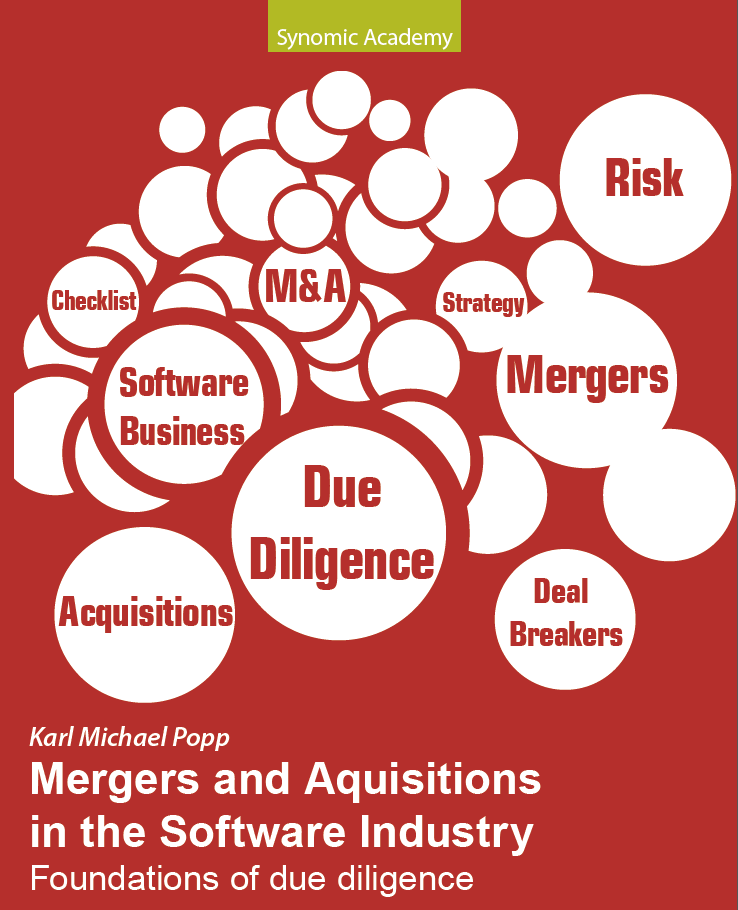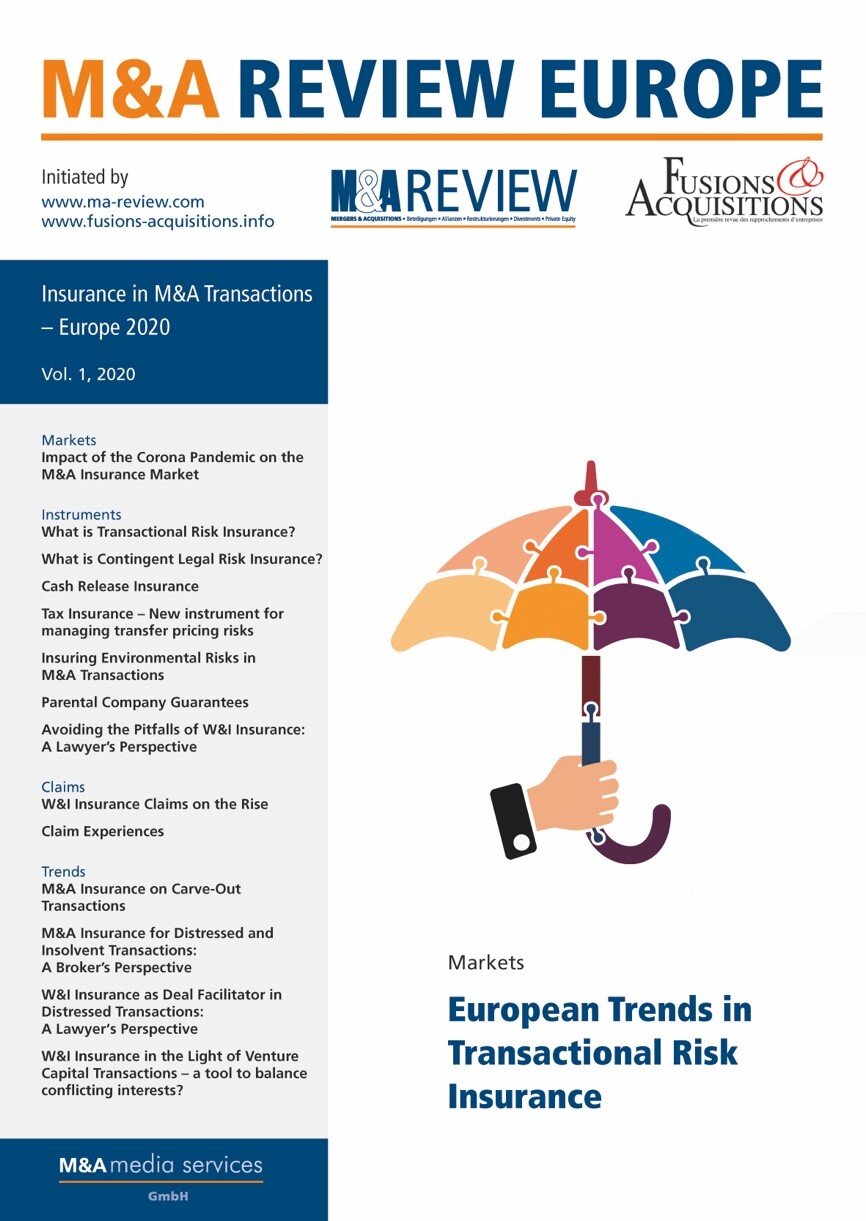Selling Noncore Intellectual Property Post-M&A: An Essential Strategy
This blog is in the Top 25 M&A blogs worldwide according to Feedspot
After the completion of a merger or acquisition, companies often find themselves holding various intellectual properties (IPs), some of which might not align with their core business strategies or operational needs. Effective management and sale of these noncore IP assets can enhance financial performance and streamline the business.
Key Concepts
1. Understanding Noncore Intellectual Property
Noncore IP refers to assets that do not contribute directly to a company's primary business operations.
These could include patents, trademarks, copyrights, or trade secrets that are peripheral to the merged business's strategic goals.
2. Benefits of Selling Noncore IP
Financial Gains: Selling unused IP can generate capital, allowing companies to reinvest in core areas or reduce debt.
Operational Focus: By shedding non-essential assets, companies can concentrate resources and management attention on activities that align with their business objectives.
3. Challenges in Selling IP
Valuation: Determining the market value of intangible assets is complex, requiring expertise in assessing future income, market conditions, and comparables.
Legal and Tax Implications: Transferring IP ownership involves legal contracts and may have tax consequences that need careful handling.
4. Strategies for Successful Sale
Assessment and Prioritization: Begin by identifying which IPs are truly non-essential and have market value through thorough audits.
Market Analysis: Gauge market demand for similar IPs to set realistic expectations and pricing.
Select the Right Buyers: Potential buyers might include companies looking to expand their IP portfolio, competitors, or investors focusing on specific technologies.
5. Leveraging Expertise
Engaging IP experts, legal advisors, and tax consultants to navigate the sale process is crucial to avoid pitfalls and maximize value.
Consider licensing as an alternative to outright sales if retaining some IP control is beneficial.
Conclusion
Selling noncore intellectual property post-M&A is a strategic move that can unlock value and enhance business focus. With the right valuation, legal preparation, and market approach, companies can effectively capitalize on assets that no longer fit their strategic direction. It's essential to approach this with a blend of financial acumen and legal insight to ensure a successful transaction.
Are you interested in IP-based analytics sign up below and we will get back to you.
This relates to my new book “Automation of Mergers and Acquisitions“.









